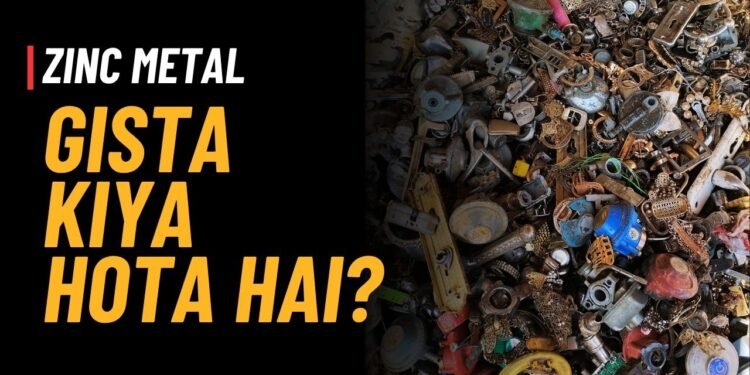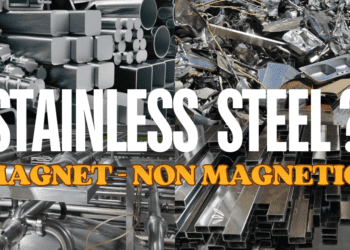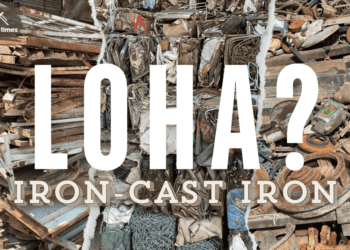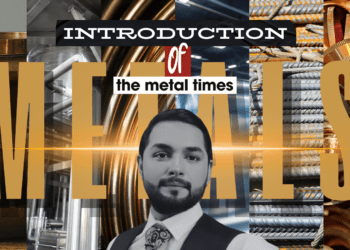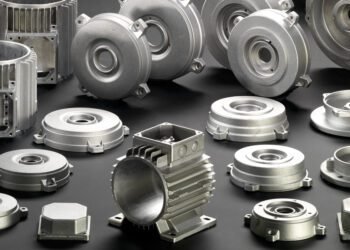Zinc Metal: Everything You Need to Know
Zinc is one of the most important and widely used metals in the world. Whether you realize it or not, zinc plays a role in your daily life — from protecting steel from rust to supporting your immune system. In this article, we’ll explore what zinc metal is, where it comes from, how it’s used, and why it’s so essential in industries and everyday life.
Join our: WhatsApp Channel
What is Zinc?
Zinc is a bluish-white metal that’s known for being slightly brittle at room temperature but becomes soft and workable when heated. Its chemical symbol is Zn, and its atomic number is 30. Zinc is not usually found in pure form in nature. Instead, it’s extracted from mineral ores like sphalerite, which is the most common source of zinc worldwide.
Key Properties of Zinc
Zinc has some interesting characteristics. It melts at 419.5°C (787°F), and its density is about 7.14 grams per cubic centimeter. It has a dull, grayish appearance when oxidized but shines when freshly polished. Zinc is a reactive metal, which means it doesn’t stay shiny for long, especially in humid environments.
Where is Zinc Found?
Zinc is mined all over the world, but some of the top-producing countries include China, Australia, Peru, India, and the United States. It is mostly extracted from underground mines and then refined through smelting processes to produce pure zinc or zinc alloys.
Uses of Zinc Metal
Zinc might not look glamorous, but its uses are incredibly valuable in both industry and daily life.
1. Galvanization
The most common use of zinc is in galvanization. This is a process where steel or iron is coated with a layer of zinc to protect it from rust and corrosion. You can see this in action in things like rooftops, streetlights, electric poles, and water pipes. Without zinc, a lot of metal infrastructure would rust away quickly.
2. Zinc Alloys
Zinc is also used to make important alloys, such as brass, which is a mix of copper and zinc. Brass is used in musical instruments, plumbing fittings, door handles, and decorative items. Zinc-aluminum alloys are used in many die-casting applications as well.
3. Die Casting
Zinc is perfect for creating detailed parts through die casting. Industries like automotive, electronics, and home appliances use zinc to produce parts that are strong, durable, and resistant to wear.
4. Batteries
Zinc is an essential component of many types of batteries. Zinc-carbon and zinc-air batteries are commonly used in everyday devices like flashlights, remote controls, and hearing aids.
5. Human Health
Zinc isn’t just important for machines — it’s essential for our bodies too. It helps the immune system fight off bacteria and viruses, speeds up wound healing, and supports growth and development. Foods like meat, dairy, nuts, and whole grains are good sources of zinc.
Visit Our Prices Page For Latest Metals Rates
Zinc in the Scrap Metal Business
Zinc also plays a big role in the scrap and recycling industry. Old galvanized steel, zinc roofing sheets, and die-cast products often contain zinc. These can be collected, sorted, and sold for recycling. This not only helps the environment but also creates profitable opportunities in the scrap metal trade.
How to Identify Zinc in Scrap?
There are a few tricks to spot zinc in scrap. If a steel item has a dull gray coating, it might be galvanized with zinc. Die-cast items, often used in car or machine parts, usually contain zinc alloys and feel heavier than they look. Zinc is also relatively soft — if you scrape it with a sharp tool, it will leave a mark easily.
Why Zinc Matters
Zinc is the kind of metal that works quietly in the background. It protects other metals, extends the life of tools and buildings, powers batteries, and keeps our bodies healthy. Without zinc, so many industries — from construction to healthcare — would suffer.
Watch My YouTube Video on Zinc Metal
Want to see real-life examples of zinc and how it’s used in the scrap business? I’ve made a detailed video on my YouTube channel explaining everything about zinc metal, how to identify it in scrap, and how beginners can take advantage of zinc in the metal business.
If you’re interested in the metal industry or just curious to learn more, don’t forget to like, comment, and subscribe to my channel for more educational content on scrap metals and business tips.
Conclusion
So, what is zinc really? It’s more than just a metal. Zinc is a protector, a builder, and a healer. From construction sites to the human immune system, zinc serves essential roles in our modern world. Whether you’re involved in industrial work, the scrap metal business, or simply interested in how things work, understanding zinc is a must.
As the demand for durable and sustainable materials continues to grow, zinc will remain a vital resource for decades to come. It’s time we give this underrated metal the attention it deserves.
Top 5 Most Common Types of Metals and Their Uses
Frequently Asked Questions (FAQs)
1. What is Zinc used for?
Zinc is mainly used for galvanizing steel to prevent rust, making brass and other alloys, die casting, and manufacturing batteries. It’s also an essential nutrient for human health.
2. What is Zinc in simple words?
Zinc is a bluish-white metal that protects other metals from rust and is also important for your body’s immune system and healing process.
3. What is Zinc made of?
Zinc is a chemical element with the symbol Zn and atomic number 30. It’s found in nature mostly as part of the mineral sphalerite (zinc sulfide).
4. What is Zinc used for in daily life?
In daily life, zinc is used in things like galvanized roofs, batteries, skincare creams, dietary supplements, and even coins.
5. What is Zinc alloy?
A zinc alloy is a mixture of zinc with other metals like copper or aluminum, used to make strong and durable items like door handles, auto parts, and electronics.
6. What is Zinc’s role in human health?
Zinc helps your immune system function, heals wounds, supports growth, and helps your body use nutrients properly. It’s found in foods like meat, dairy, and nuts.
7. What is Zinc galvanization?
Zinc galvanization is the process of coating iron or steel with zinc to protect it from rust and corrosion. It’s commonly used in construction and outdoor metal products.
8. What is Zinc’s melting point?
Zinc melts at 419.5°C (787°F), which makes it ideal for casting into detailed parts in industrial manufacturing.
9. What is Zinc recycling?
Zinc recycling involves collecting items like galvanized steel and die-cast parts, then processing them to recover usable zinc for reuse in new products.
10. What is Zinc scrap worth?
Zinc scrap, like old roofing sheets or die-cast parts, can have good value in the recycling market. The price depends on quality, quantity, and current market demand.



